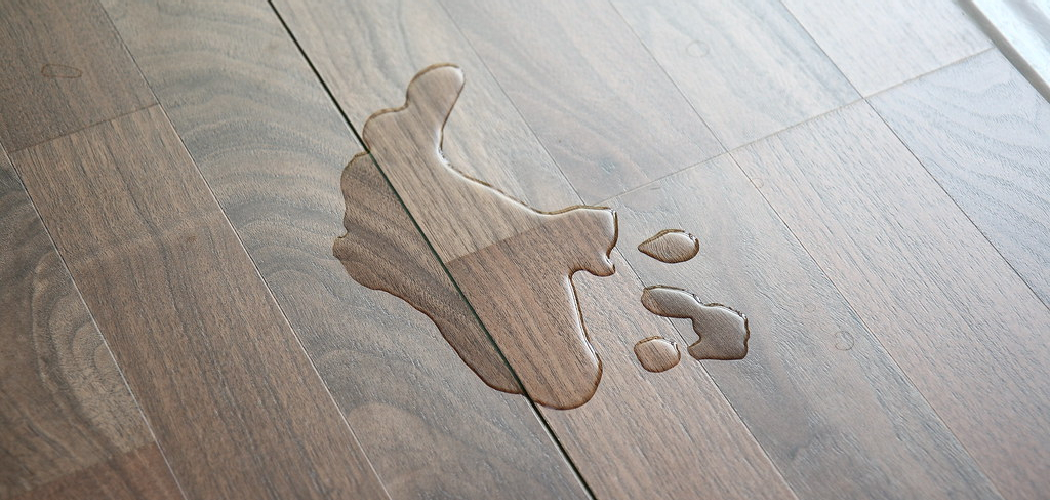Water damage on laminate flooring can be a nightmare for homeowners. Not only does it ruin the appearance of your floors, but it can also lead to more serious issues such as mold and rot if not addressed promptly. That’s why knowing to repair water damage on laminate flooring is essential for any homeowner.
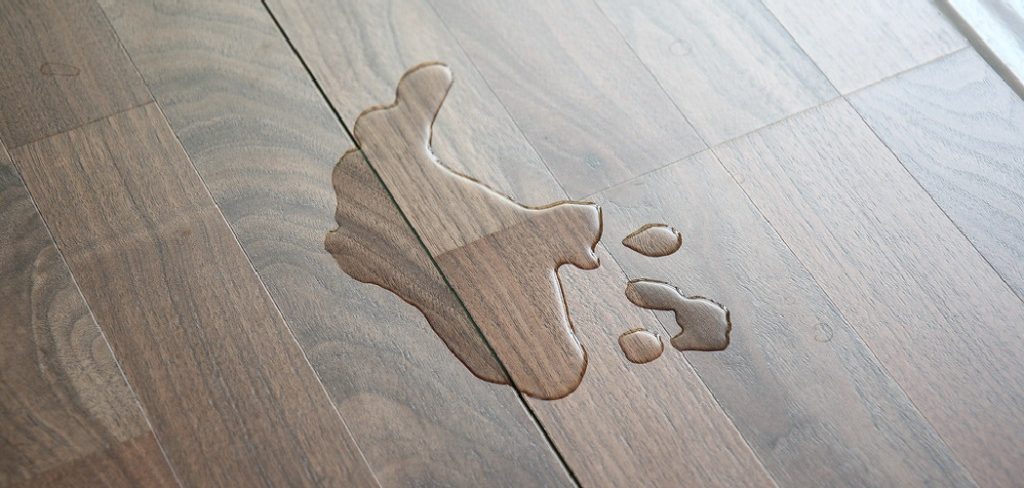
Laminate flooring is a popular choice for homeowners due to its durability, affordability, and easy maintenance. However, when exposed to excess water or moisture, laminate flooring can become damaged and require repair.
This article will discuss to repair water damage on laminate flooring, so you can restore the beauty of your floors and avoid costly replacements. You can find step-by-step instructions on how to repair water damage on laminate flooring in this blog article.
Step-by-step Instructions for How to Repair Water Damage on Laminate Flooring
Step 1: Inspect the Extent of Water Damage
When it comes to repairing water damage on laminate flooring, the first step is to assess the extent of the damage. This will help you determine how much of the flooring needs to be repaired or replaced.
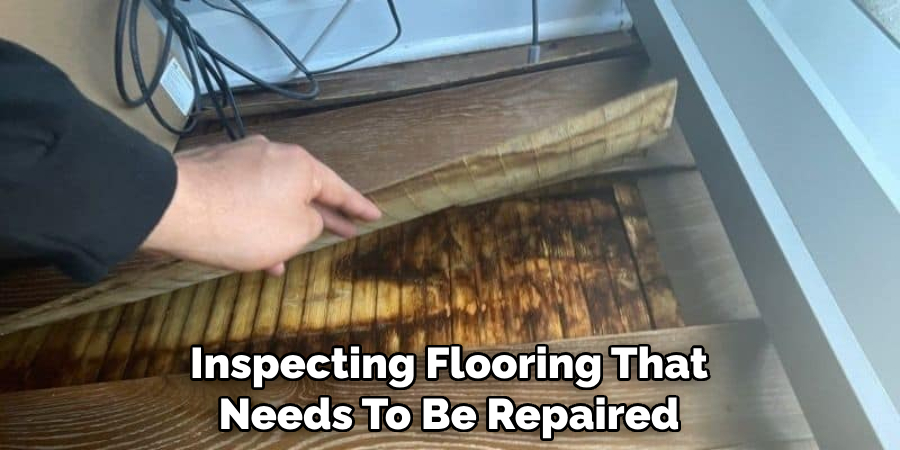
Step 2: Identify the Source of Water
Before you start repairing your laminate flooring, it’s important to find and fix the source of water. If there is a leak or excess moisture, it can lead to further damage and cause your repairs to be ineffective.
Step 3: Remove Excess Water
If there is standing water on your laminate flooring, use a wet-dry vacuum or mop to remove as much of it as possible. This will prevent the water from seeping into the floorboards and causing more damage. Use fans and dehumidifiers to help dry out the affected area. It’s important to make sure that the flooring is completely dry before proceeding with any repairs.
Step 4: Remove Damaged Planks
If there are damaged planks, carefully remove them using a pry bar or chisel. Be careful not to damage surrounding planks in the process. If the edges of your laminate flooring have swelled due to water damage, use sandpaper to smooth them down. This will help the new planks fit in seamlessly.
Step 5: Replace Damaged Planks
Use replacement planks that match your current flooring to fill in any gaps left by the damaged planks. Cut the new planks to fit and use a flooring adhesive to secure them in place. Once the new planks are in place, use a laminate sealer along the edges of each plank to prevent moisture from getting in between them.
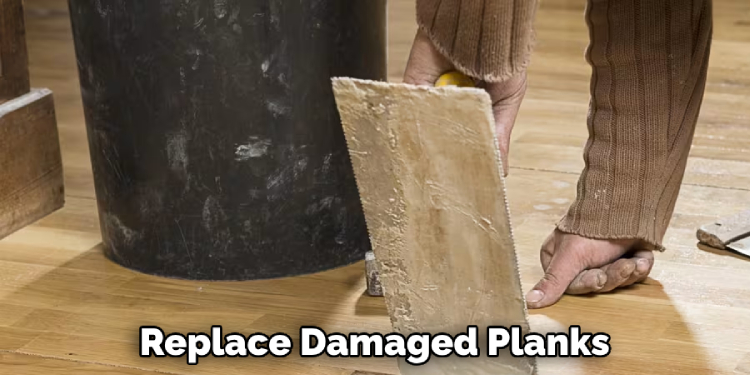
Step 6: Allow Time for Drying
It’s important to allow the repaired area to dry completely before walking on it or placing heavy furniture back in place. After completing the repairs, keep an eye out for any signs of mold growth in the affected area. If any is found, it’s important to address it immediately before it spreads and causes further damage.
Tips for How to Repair Water Damage on Laminate Flooring
- Before attempting any repairs on your laminate flooring, make sure to turn off the power in the affected area. This will prevent any potential electrical hazards and also protect your tools from damage.
- While working with water-damaged laminate flooring, it is important to wear appropriate protective gear such as gloves, goggles, and a face mask. This will protect you from any harmful chemicals or bacteria that may be present in the water.
- Use a wet/dry vacuum to remove as much excess water from the flooring as possible before beginning the repair process. This will help prevent further damage and speed up the drying process.
- It is important to identify and address the source of the water damage before starting repairs on your laminate flooring. This could be a leaky pipe, roof, or appliance that needs to be fixed to prevent future damage.
- When repairing any damaged areas of the flooring, make sure to use appropriate materials and tools specifically designed for laminate flooring. Using the wrong products can cause further damage and may not provide a long-lasting solution.
- Allow sufficient time for the flooring to dry completely before walking or placing any furniture on it. This will prevent warping and mold growth.
- If the damage is extensive or you are unsure about how to properly repair your laminate flooring, it is best to seek professional help. They have the necessary expertise and equipment to handle the situation safely and effectively.
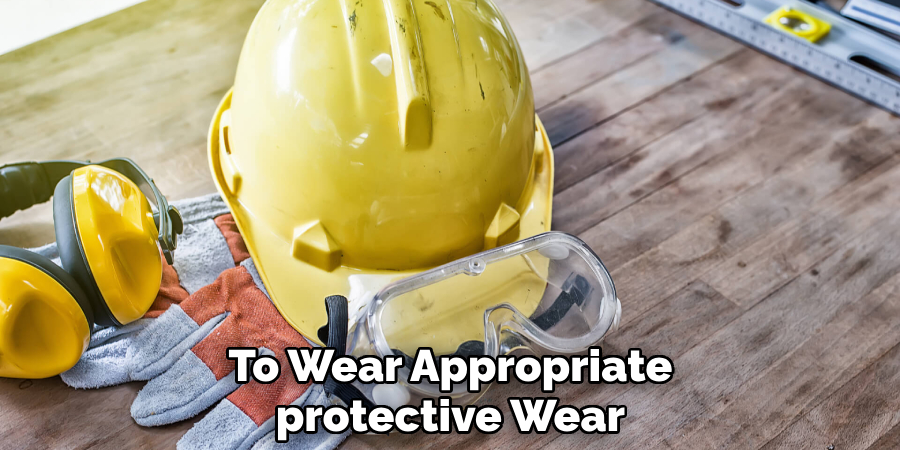
What Causes Water Damage on Laminate Flooring?
Water damage on laminate flooring can be caused by a variety of factors. The most common cause is excessive exposure to water or moisture, either from spills, leaks, or flooding. This can lead to swelling and warping of the laminate boards, making them uneven and potentially causing dangerous tripping hazards.
Another cause of water damage on laminate flooring is poor installation. If the planks are not properly sealed or the subfloor is not level, water can seep in between the boards and cause damage over time.
In some cases, water damage on laminate flooring can also be a sign of underlying issues such as plumbing problems or roof leaks. It’s important to address these issues promptly to prevent further damage and potentially costly repairs.
How Can You Prevent Water Damage on Your Laminate Flooring?
Water damage on laminate flooring can be a real nuisance and can lead to costly repairs. However, there are some preventative measures that you can take in order to protect your floors from potential water damage. Firstly, it’s important to regularly check for any sources of moisture in the room where your laminate flooring is installed. This could include leaky pipes, appliances with faulty seals, or even excess humidity in the air.
By identifying and addressing these sources of moisture, you can prevent any potential water damage from occurring. Secondly, it’s important to use a sealant on your laminate flooring to protect it from moisture. There are many sealants available specifically designed for laminate flooring that can help create a waterproof barrier on the surface. It’s recommended to reapply this sealant every few years to ensure continued protection.
When Should You Seek Professional Help for Repairing Water Damage on Laminate Flooring?
Water damage on laminate flooring can be a frustrating and potentially costly issue to deal with. While small spills or minor damage can often be easily fixed at home, there are certain situations where seeking professional help is necessary. In this section, we will discuss the instances when it is best to call in the experts for repairing water damage on laminate flooring.
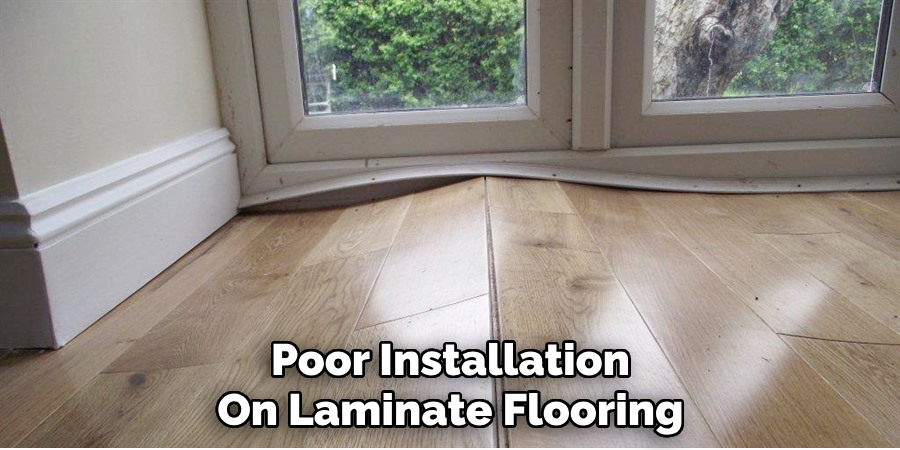
1. Extensive Water Damage
If you are dealing with a large amount of water damage on your laminate flooring, it is best to seek professional help. This can include scenarios such as a burst pipe or flooding from a natural disaster. In these cases, the extent of the damage may be beyond what you can handle yourself and require specialized equipment and expertise.
2. Mold Growth
Water damage left untreated for an extended period of time can lead to mold growth, which can pose serious health risks. If you notice any signs of mold on your laminate flooring or surrounding areas, it is important to seek professional help immediately. Mold removal and remediation should only be done by trained professionals to ensure the safety of you and your family.
3. Structural Damage
In some cases, water damage on laminate flooring can cause structural damage to your home. This includes issues such as weak or rotting floorboards, damaged subflooring, and compromised support beams. These are major repairs that should only be handled by professionals with experience in dealing with water damage restoration.
4. Electrical Hazards
If the water damage has affected any electrical components in your home, it is crucial to seek professional help. Water and electricity do not mix, and attempting to fix electrical issues yourself can be extremely dangerous. Professional restoration companies have the necessary tools and knowledge to safely handle any electrical hazards caused by water damage.
5. Insurance Coverage
Lastly, it is important to consider your insurance coverage when dealing with water damage on laminate flooring. In some cases, attempting to make repairs yourself can void any potential insurance claims. It is best to consult with your insurance provider and seek professional help if necessary.
Overall, while minor water damage on laminate flooring can often be fixed by homeowners themselves, it is important to know when it’s time to call in the experts. By recognizing the warning signs and seeking professional help when needed, you can ensure that your laminate flooring is properly repaired and your home remains safe and secure.
Are There Any DIY Methods for Fixing Water Damage on Laminate Flooring?
While it is always recommended to seek professional help for repairing water damage on laminate flooring, there are some DIY methods that can be effective in certain situations. These include:
- Drying out the area: If you catch the water damage early enough, you may be able to prevent further damage by thoroughly drying out the affected area. Use a wet/dry vacuum and fans to help speed up the process.
- Removing damaged planks: If a small area of your laminate flooring has been affected, you may be able to fix it by removing and replacing the damaged planks. This is best done by following manufacturer instructions or seeking guidance from a professional.
- Using a dehumidifier: In cases where humidity levels are high, using a dehumidifier can help remove excess moisture from the air and prevent further damage.
It is important to note that these DIY methods should only be used in minor cases and may not always be effective. If you are unsure or uncomfortable with attempting any repairs yourself, it is best to seek professional help to avoid further damage and ensure the safety of your home.
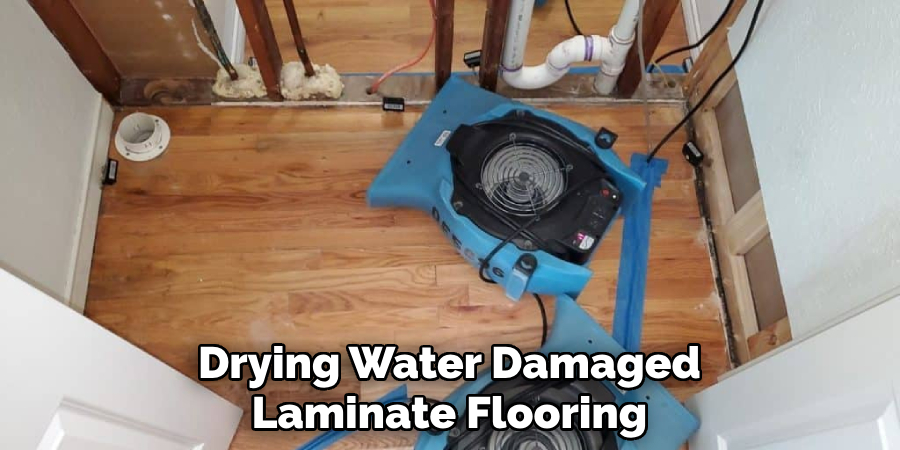
Conclusion
In conclusion, repairing water damage on laminate flooring is a crucial task that needs to be done correctly to avoid further harm and expenses. It is essential to act fast and follow the necessary steps discussed in this blog to address the issue promptly.
By identifying the source of the water damage, removing excess moisture, and properly drying out the affected area, you can prevent any potential risks of mold or mildew growth.
Additionally, using the right materials and techniques to repair any visible damage will help restore your laminate flooring’s appearance and structural integrity. I hope this article has been beneficial for learning how to repair water damage on laminate flooring. Make Sure the precautionary measures are followed chronologically.
